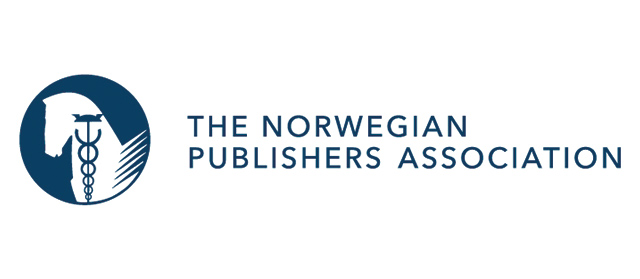Recommendations on social media are the second most important factor influencing the purchase of books, indicated as decisive by 14% of Italian readers. Only the discount, with 17% of mentions among readers, is more decisive. This is one of the data that emerged from the AIE – Pepe Research survey presented last December at Più libri più liberi (the fair of small and medium publishing in Rome organized by the Italian Publishers Association), during the meeting in collaboration with Aldus Up entitled “The social networks that are changing the market.”
“Social networks represent an empowering factor of a very effective and traditional method of book promotion: word of mouth,” said Cristina Mussinelli presenting the survey in dialogue with Modestina Cedola from Minimum Fax publisher and Lisa Ceccarelli from Hoepli publishing house.
After discounts and social networks, the AIE survey shows that the factors which most influence book purchases are bookstore displays (10 percent), rankings on e-commerce sites (6 percent), reviews-interviews in newspapers (5 percent) radio and TV interviews with authors (5 percent), and booksellers’ recommendations (4 percent) tied with e-commerce sites’ recommendation algorithms.
Regarding social in particular, 8 percent of readers say they are influenced mostly by recommendations from friends and public figures not directly related to the book world, 6 percent by publishers’ social channels, and 4 percent by industry influencers.
Cedola, of Minimum Fax publishing house, tells how important it is for publishers to find their own voice, one “in tune with their own identity, to reach as many people as possible.” “At Minimum Fax,” Cedola continues, “we realized that many readers were interested in knowing how the in-house publishing house works: who is the publisher? Who is the editor? How do we make a book?“
Ceccarelli stresses how important it was for Hoepli to understand what aspects of their work and publishing production were underrepresented in their social communication. “At first our channels were essentially related to the bookstore. We realized that we needed to tell more about ourselves as publishers by focusing especially on our general catalog, which is less known than the academic-professional one.” This led they to research on formats: not only covers, but also videos, pills, mini glossaries in tune with the books and the content to be communicated. Finally, Ceccarelli points out, “social media allow much more than traditional communication channels to make targeted content. Each user will see what is in line with their interests.”
Social, yes: but which ones? The ones that affect sales the most are Instagram (54 percent) and Facebook (53 percent), followed by YouTube (29 percent) and TikTok (26 percent), Twitter is at 14 percent. Modestina Cedola says not to underestimate newsletters: “An informative medium but also a very intimate channel of contact with the reader, to create an exclusive communication.”
Taking care of the direct relationship with the reader also involves reading their books reviews, figuring out which books were liked the most and which the least, and why. “Without losing the core identity of the publishing house,” says Lisa Ceccarelli. For a brand like Hoepli, born in 1870, this is a fundamental and complex legacy to manage. The most important thing, Ceccarelli and Cedola both agree, is to cultivate reader trust, even when working with influencers.
Recently, Hoepli and Minimum Fax have done this with two books, Lindsay Squire’s Guide to Natural Magick and Oretta Bongarzoni’s Pranzi d’autore. A manual for getting in touch with “your magical side” the first, a collection of recipes from great literature the second. Books exogenous from those usually published by Hoepli and Minimum Fax. Ceccarelli and Cedola worked to promote these books by involving some influencers, not only from the book world. The main point is not to lose credibility, both with the reader but also with the influencer, by proposing titles unrelated to his or her interests, topics and audience.
 By
By 

















